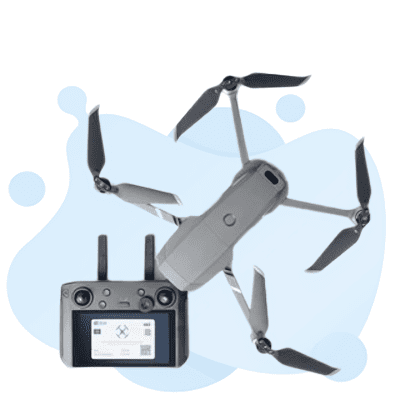
The FAA Part 107 Test is a crucial step for anyone looking to become a certified drone pilot for commercial purposes in the United States. This certification, administered by the Federal Aviation Administration (FAA), ensures that remote pilots understand the regulations, operating requirements, and procedures necessary to safely fly drones in the national airspace.
Preparing for the FAA Part 107 Test requires a comprehensive study approach to cover all necessary topics. Here’s how you can prepare effectively.
To become a certified drone pilot under FAA Part 107, you must meet specific requirements. These requirements ensure that you have the necessary knowledge and skills to operate drones safely.
The FAA Part 107 regulations provide comprehensive guidelines for drone pilots to ensure safe and legal operations. Understanding these regulations is critical for compliance and safety.
Proper training is essential to pass the FAA Part 107 Test and become a competent drone pilot. Here’s how you can prepare through training.
Achieving your FAA Part 107 certification is a significant step towards a professional career in drone piloting. By understanding the requirements, preparing thoroughly with the right study materials, and gaining practical experience, you can confidently pass the FAA Part 107 Test and become a certified drone pilot. This certification not only validates your skills but also opens up numerous opportunities in various industries such as real estate, agriculture, and filmmaking.
What is the FAA Part 107 Test?
The FAA Part 107 Test is an aeronautical knowledge test required to become a certified commercial drone pilot in the United States.
What topics are covered in the FAA Part 107 Test?
The test covers airspace classification, weather effects, drone performance, emergency procedures, and FAA regulations.
How can I prepare for the FAA Part 107 Test?
Prepare by studying the FAA’s Remote Pilot Study Guide, enrolling in online courses, taking practice tests, and gaining practical flying experience.
What are the requirements to take the FAA Part 107 Test?
Applicants must be at least 16 years old, proficient in English, and in good physical and mental condition to operate a drone safely.